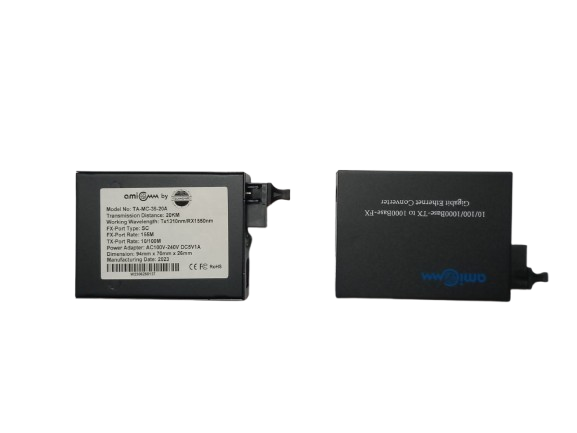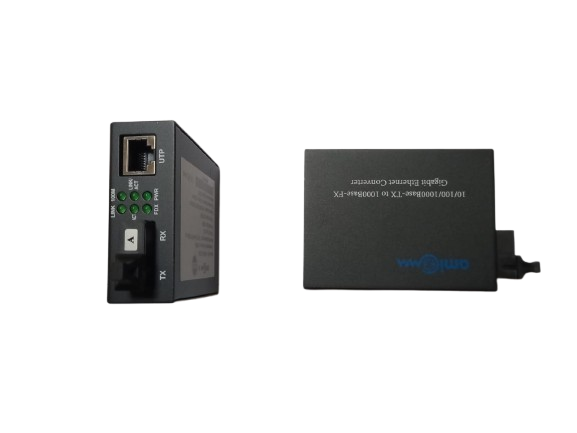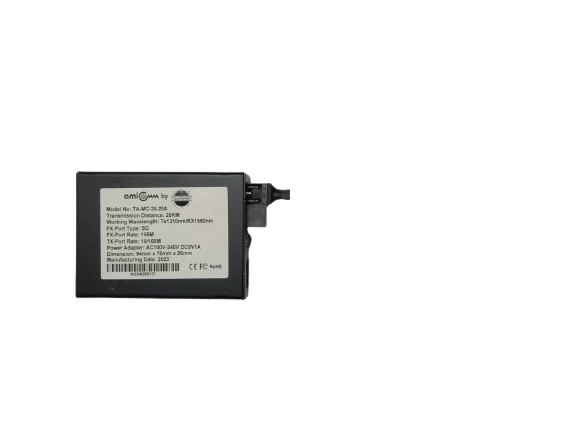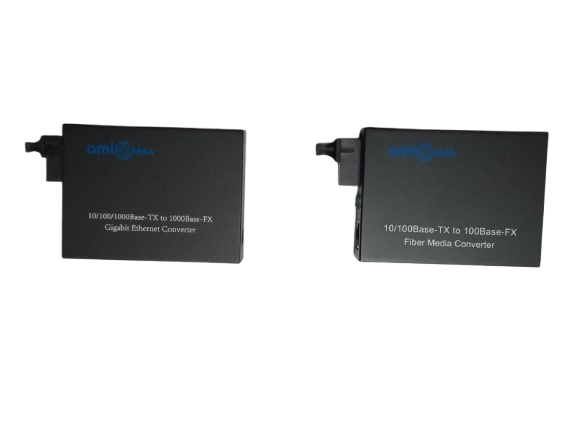Media converters have several features, including compatibility, speed, and distance. They can convert data between copper and fiber cables, and are often used to connect new equipment to existing networks. Media converters should be compatible with other devices on the network, such as switches and routers.
Speed
- The data rate of the media converter should meet the network’s requirements.
- Common speeds for media converters include 1G and 10G.
Distance
- The distance between network equipment is an important consideration.
- Single-mode fiber can transmit over tens of kilometers, while multimode fiber is usually limited to a few hundred meters.
Other features
- Media converters can extend links over greater distances.
- They can protect data from noise and interference.
- They can future-proof a network with additional bandwidth capacity.
- They can integrate fiber and copper networks.
- They can convert Ethernet and other communication protocols from copper to fiber.
- They can convert signals from copper cable to signals that run on fiber cable.
- Media converters are often compact, plug-and-play devices that require minimal configuration.
- Function:
Converts electrical signals on copper cables to optical signals on fiber optic cables and vice versa.
- Applications:
Extending network reach, connecting legacy copper devices to a fiber backbone, enabling long-distance data transmission.
- Types:
- Copper to Fiber: Converts signals from a copper Ethernet cable to a fiber optic cable.
- Fiber to Fiber: Converts between different fiber types (multimode to single-mode).
- Single-fiber: Uses a single fiber strand for both transmit and receive data using WDM technology.
How does a media converter work?
- A media converter converts electrical signals from copper cables into light waves for fiber optic cables.
- It can also extend LANs, convert link speeds, and change fiber modes.
- Media converters are often used in pairs to increase cabling distances and improve immunity to electromagnetic interference.
- Port types:
- Copper Port: RJ-45 connector, supporting 10/100/1000Base-TX
- Fiber Port: SFP, LC, or SC connector, supporting 1000Base-SX/LX
- Fiber type: Multimode or Single-mode
- Data Rate: 10/100/1000 Mbps
- Transmission Distance: Varies depending on fiber type and quality, ranging from a few hundred meters to several kilometers
- Operating Wavelength: Typically 1310nm or 1550nm depending on fiber type
- Power Supply: AC adapter or PoE (Power over Ethernet)
- Operating Temperature: Standard commercial range (0°C to 50°C) or extended industrial range (-40°C to 75°C)




